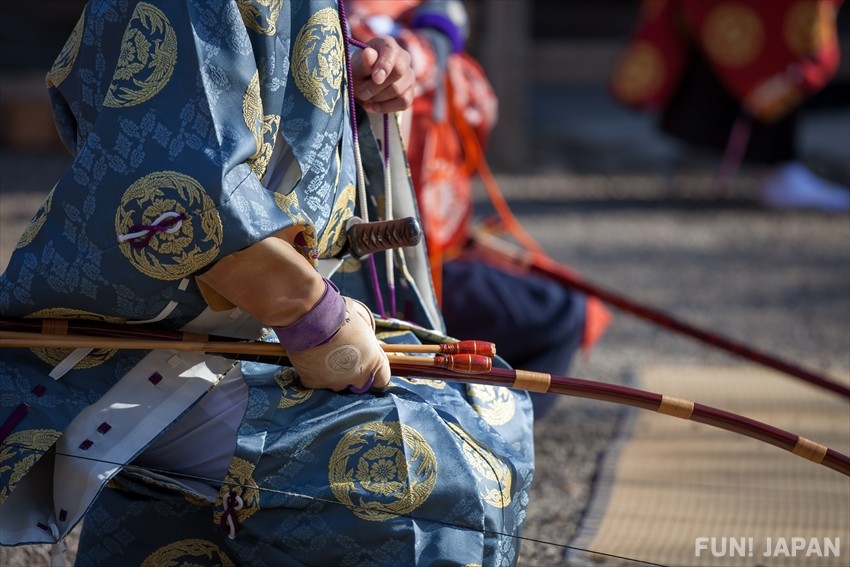
Often compared to archery but possessing a key spiritual element, kyudo is one of Japan’s lesser-known martial arts. Practiced by students and maters alike, it has been developed by samurai warriors and zen monks over the centuries, resulting in an art of beauty, skill, and mindfulness.
What is Kyudo?
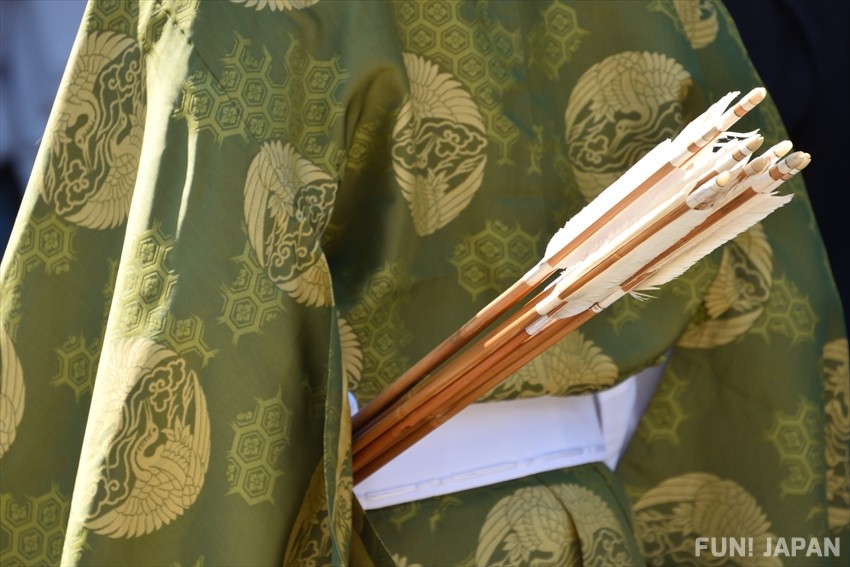
Kyudo is a highly specialised martial art based on traditional Japanese archery and translates to ‘way of the bow’. Originally developed for hunting and perfected by samurai, it has taken on a spiritual role and been embraced by Zen Buddhism. Kyudo is now practiced around the world and is considered a path to spiritual serenity, truth, and beauty.
The History of Kyudo
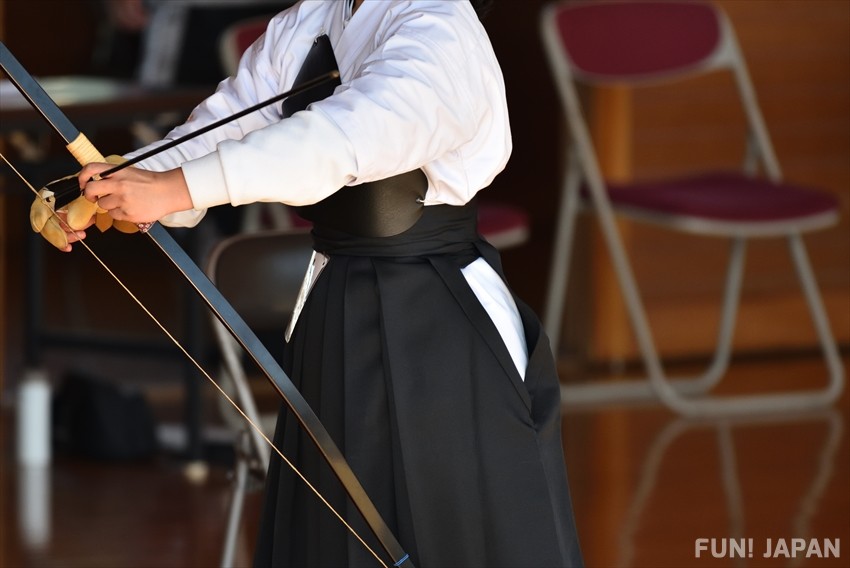
Archery has been practiced by hunters worldwide for centuries, and while it may have begun with a practical need, Kyudo has since developed into an art. Japan’s earliest archery artifacts date back to the Yayoi period (300BC - 300AD) and depictions from the late stone age in Japan showed distinctive placements of the grip (called the nigiri) on the lower end of larger bows, reflecting the longevity of the traditional Japanese design.
In feudal Japan (1185-1600) archery was practiced by the samurai classes alongside swordsmanship. While the latter was more well known, the former, known as kyujutsu, was highly valued and often marked samurai as professional warriors. Often used while on horseback, the skills required were immense, with archery schools opened to teach in different styles. During the 15th century, Heki Danjo Masatsugu developed the ‘hi, kan, chu’ method, meaning ‘fly, pierce, center’ which revolutionised the teaching of archery. In the 16th century, muskets took their place in battle, but archery remained a voluntary skill within the samurai classes and gained a spiritual and ceremonial role among those practicing zen Buddhism. Monks acting as teachers developed Kyudo, with a stronger focus on the philosophy and spiritual side of archery.
As the Samurai lost power during the Meiji Era, there was a steady decline in Kyudo’s popularity, but a dedicated group of Kyudo masters joined together to keep it alive. The All Japanese Kyudo Federation was formed in 1949 and it is practiced by thousands across the world.
The Philosophy of Kyudo
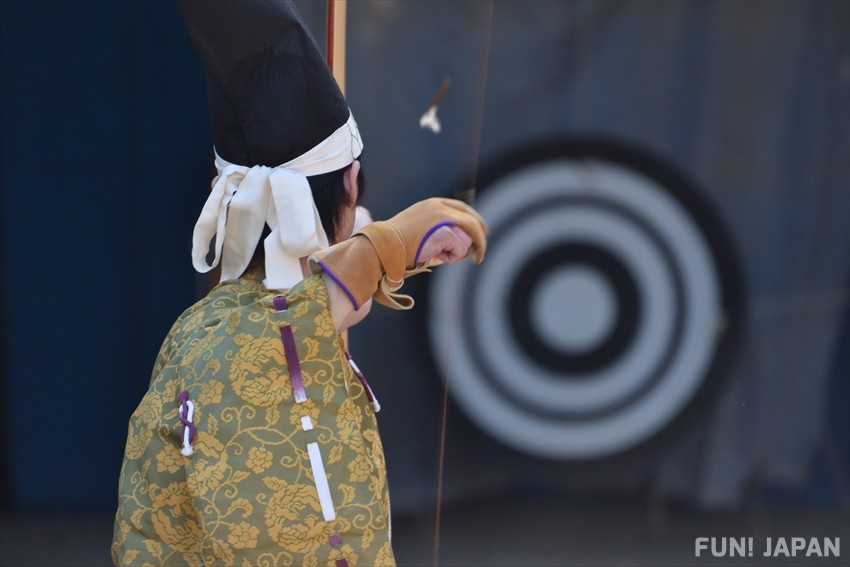
As a martial art, Kyudo comes with a strong philosophical and spiritual base partly developed by monks of zen Buddhism. While archery was initially developed for use in hunting and later in battle, it developed into an art over the centuries, especially as it was replaced by other weapons. Kyudo is, as with all budo (martial arts), a form of spiritual development, used by Buddhists and non-Buddhists alike to reach a place of complete focus.
The goal of Kyudo, as described by the Nippon Kyudo Federation is to achieve shin-zen-bi, meaning truth, goodness, and beauty. This reflects the accuracy and grace of the shooting but also the virtuous spirit and attitude of the person practicing, called the kyudoka. Shin reflects the belief that true shooting holds no deceit, with the truth of a shot measured by its sae (serenity), tsurune (string sound at release) and tekichu (target accuracy). The element of zen reflects the ethical focus of Kyudo, combining rei (courtesy) and fuso (non-confrontation) to remain calm and composed, seeking serenity through focus. The final element, bi, is found in the previous two, with the dignity and harmony providing a true beauty. While these elements are key in Kyudo itself, they are expected to extend into everyday life, carried by the kyudoka at all times and reflected in their way of life.
The Equipment Needed for Kyudo
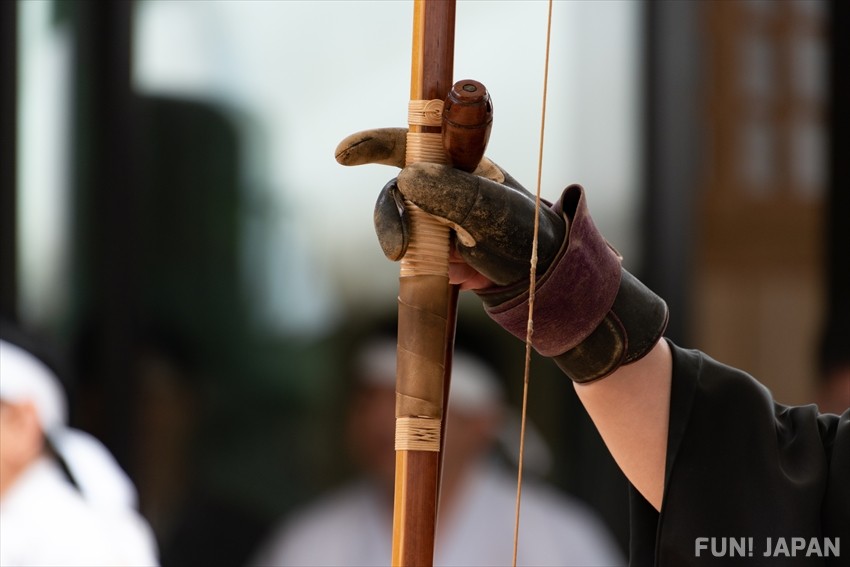
Kyudo requires only a few things, but their quality and craftsmanship are key. While modern replacements are becoming more commonplace, the use of traditional equipment is still popular.
Yumi: The Bow
Japanese bows are renowned for being elegant and long, with easily identifiable difference compared to those used in the west. At an average of 2m high, they are taller than the archer, markedly different to western bows which are shorter and therefore stronger. This difference highlights the focus of Kyudo as elegance and artistry over hunting practicality - the release of the arrows, called hassha, is a thing of beauty as much as it is accuracy.
Yumi are traditionally made of bamboo with a natural glue called nibe. These natural bows are susceptible to heat and humidity however, and require careful care to maintain them, especially during rainy season and the humid summers of Japan. Because of this, synthetic bows are becoming more popular.
Longer bows are called chokyu and the name of the grip, found on the lower part of the bow is called nigiri. When determining the height of the bow, the archer’s yazuka (draw) is measured, which is often around half their height. The tsuru (string) on a bow also requires consistent care and must be rubbed with a woven cloth and resin to strengthen it after use.
Ya: The Arrows
Traditional Kyudo arrows are made from bamboo and straightened by hand. If they become bent, they can be re-straightened using heat, and their craftsmanship is considered an art in itself. The hane, known in English as fletchings (the feathers to the side) are traditionally made of a hawk or eagle, as prime hunters, but as these are now protected species, alternatives are used.
Arrows have two forms based on the feathers used - the haya (usually shot first) spins clockwise when released, while the otoya (shot second) spins counter-clockwise. As Kyudo is an art and not used for hunting or sport, the tips of the arrows have a metal cap that protects them during use. The length of an arrow is determined by the kyudoka’s yatsuka (draw) plus 6-10cm. The release of arrows is called hassha and is a moment of pure focus for the archer.
Fudeko, Giriko and Tsurumaki: the accessories
As with all arts there are a few extras you can use to make everything a little smoother. In Kyudo, there are three that most practiced archers will have on them at all times.
Fudeko is a powder made of burnt rice husks and is applied to the hands to absorb sweat, so the bow can turn and the equipment is not damaged. Giriko is a type of resin powder sometimes added to the thumb and holding finger to help maintain grip when shooting. Finally, a tsurumaki is a small roll of bow strings which are used if the attached string snaps during use. The tsurumaki is usually made of woven bamboo with a leather strap, and small containers traditionally made of antlers or horns called giriko-ire and fudeko-ire are often attached to the strap.
The Clothing Worn for Kyudo
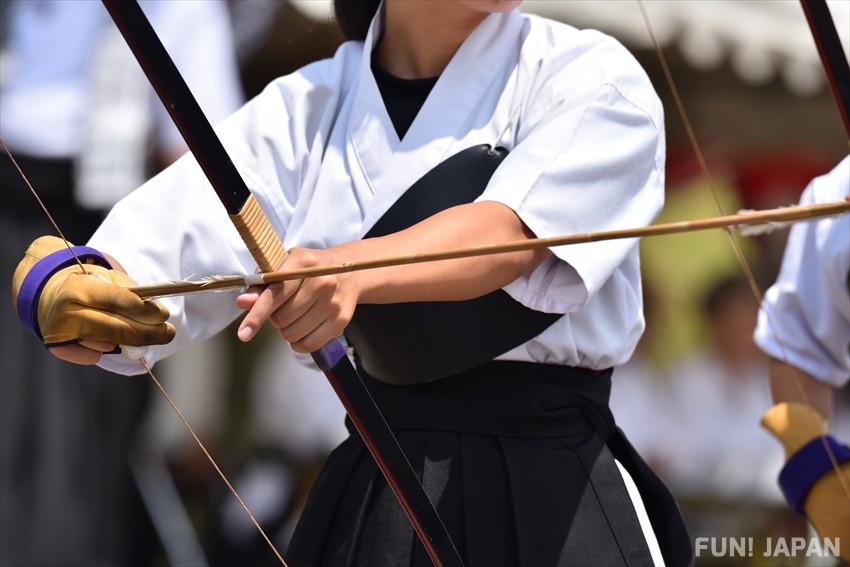
Along with special equipment, it is important to wear the appropriate clothing for Kyudo. This enables the best practice and also reflects the professionalism and seriousness of practicing Kyudo.
Yugake: The Gloves
Gloves are a key part of practicing Kyudo and are traditionally made of deerskin. They often have a hardened thumb and strengthened wrist and can last for many years when cared for properly. There are three different kinds of glove, all related to the traditions of the art and the level of practice. There’s the mitsu-gake (three-fingered), yotsu-gake (four-fingered) or moro-gake (five-fingered) and all are known to have their own complications for the shooter’s maneuverability.
Wafuku or Kyudogi: The Outfit
Wearing a wafuku, which is similar to a kimono, is common during competitions or events, while the kyudogi is practice clothing. When wearing either of these, the hakama should be of the trouser type and white is the ideal colour. Smaller elements of the outfit also follow strict rules, including the tabi (socks) which must be white, and the overall appearance should be clean, smart and respectful.
Muneate: Chest Guard
When practicing Kyudo, female archers can wear a chest plate to prevent being struck by a bowstring when shooting. The muneate is generally made of leather or plastic.
Understanding Kyudo Competitions
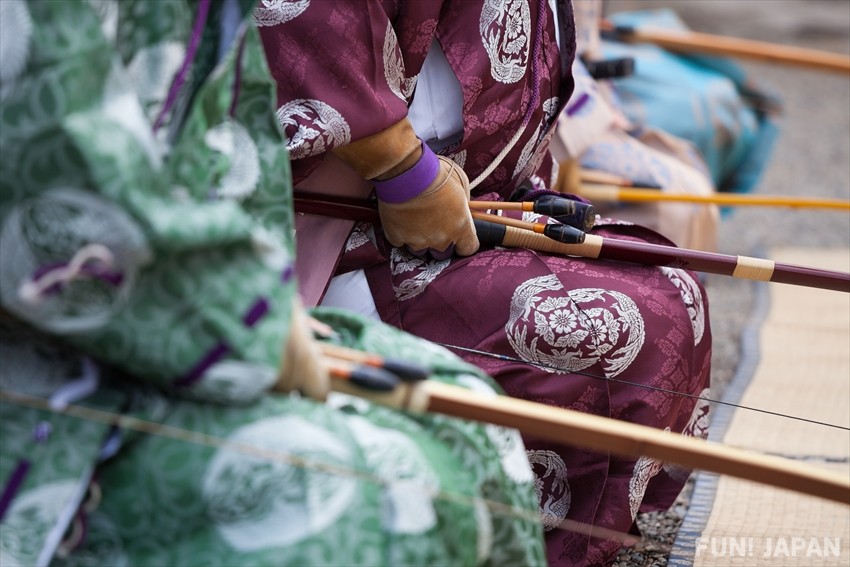
Although not all Kyudoka will attend competitions, preferring instead to focus on the spiritual and self-focus element of Kyudo, there are competitions held across Japan and abroad. The competitions have a high level of ceremony, including how the archers enter the hall. This involves bowing to judges, approaching the line and kneeling, before bowing to the mato, approaching the shooting line and moving through the hassetsu (the eight stages of shooting) with all elements done in unison with 3-4 other archers.
For Japanese competitions, each archer will use two sets of two arrows, with all of the archers shooting one arrow each, in turn.
How Points are Won
When a hit on the mato (board) is achieved, the archer is awarded a maru (circle) mark, and if missed, the receive a batsu (cross) mark. Archers aim to hit the mato with all four arrows fired.
Grades and Titles of Kyudo

As with all martial arts, there is a carefully managed system of grades and titles in Kyudo. These measure both the beginner levels as well as the masters, with assessments used to determine the level of an archer.
Dan and Kyu: The Grades of Kyudo
There are two grades for learners of Kyudo: the Dan and the Kyu. These reflect a hierarchy and are awarded either through examinations (more common in the west) or through instructor assessment. Kyu levels are usually only awarded in school-grade clubs in Japan, with adults often moving straight to the dan levels. These rankings are similar to other budo sports, however no grade-signifying belt or badge is worn in Kyudo.
Beginners of Kyudo will start at the 5th Kyu and progress through 4th, 3rd and 2nd to the 1st Kyu, which demonstrates the correct shooting form and movement. They will then move into the Dan grade, which begins with the Shodan (1st Dan) and moves up through ten Dan stages. With dan levels, the focus on technical skill reaches perfection and there is a higher focus on the spiritual side of Kyudo.
Shogo: The Titles of Kyudo
As archers progress through the Kyu and Dan grades, they may seek a highly-respected shogo title. These are reserved for those who have shown remarkable achievements in Kyudo and have three different levels. The Renshi (instructor) is the first level, requiring a firm character, to hold the grade of go-dan (5th dan) or higher and to have good instructor ability. The Kyoshi (teacher) must have judgement, technical ability, scholarship and cultivation skills to enable their leadership responsibilities and should have already acquired the title of Renshi. The final title, Hanshi, means master, and requires the highest degree of conduct, dignity, and discernment and already hold the title of Kyoshi.
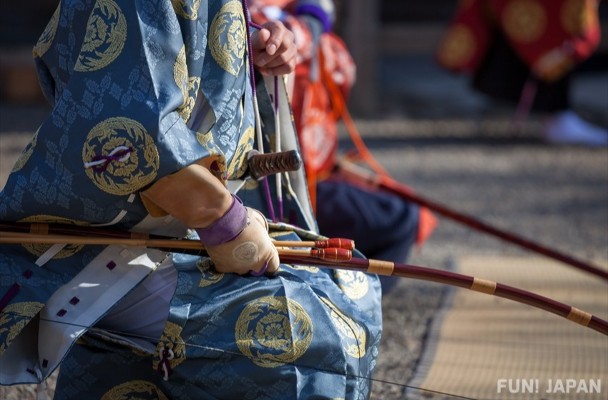
Comments